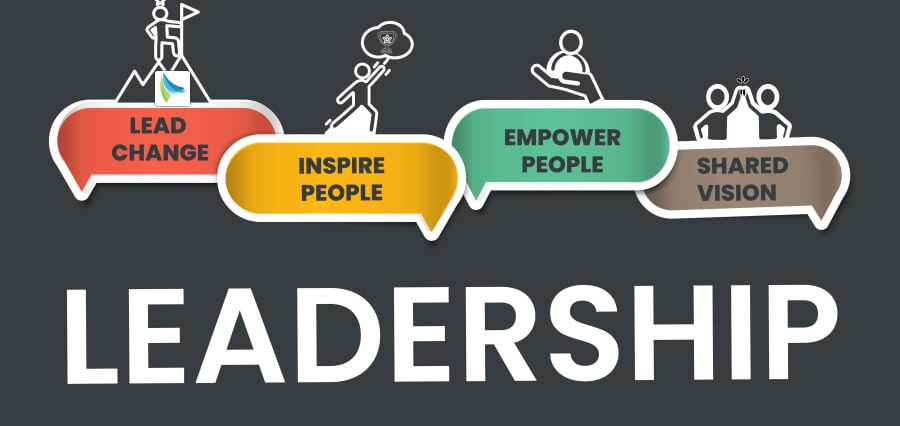In any company—a startup, a school, a social enterprise—leadership is commonly thought of as one voice for many. But the most powerful leaders are not solo acts. They are multipliers—forces who liberate the untapped potential in others, enlarge team smarts, and build cultures that don’t merely endure change but win with it.
Welcome to the Leadership Multiplier era—a model and mindset that enables individuals to lead, perform, and develop together.
Beyond Control: The Shift from Command to Capacity
Traditional leadership models have long been based on control: giving too little direction, too much monitoring of performance, and keeping operations in check. But this predictability-built model collapses when confronting complexity and velocity newcomers.
Multipliers recognize that no one leader has all the solutions. Rather than demanding, they develop. Rather than draining, they increase. They see that their highest contribution isn’t genius alone—but the power to elicit genius in others.
Leadership multiplication is ultimately about multiplying capacity, not control. It’s about getting better questions asked, powering decentralized decision-making, and creating a culture where initiative and cooperation are not merely encouraged—but anticipated.
Cultures That Perform by Design, Not Default
Performance is not an accident. It flourishes in cultures that are intentional, inclusive, and growth-minded. Multipliers are builders of such cultures. They create systems that incentivize contribution rather than compliance, collaboration rather than competition, and purpose rather than pressure.
They understand that culture does not consist of posters on the wall—it’s built by day-in-day-out modeled behaviors:
- The way feedback is delivered.
- The way failure is addressed.
- How praise is spread.
- How voices are heard—particularly the soft ones.
When individuals are psychologically safe, they become more courageous, learn more quickly, and excel more than those working under fear or rigidity. Multipliers establish trust by being open, consistent, and genuine. And through this, they access a degree of discretionary energy that can’t be demanded—only motivated.
From Talent Keepers to Talent Amplifiers
Multipliers don’t merely hire talented people—they make them better. They’re force multipliers for talent, potential, and purpose. Whether it’s an educator developing future changemakers or a CEO developing a bench of internal leaders, they understand leadership not as a throne upon which to sit—but as a ladder to hold firm for others.
They teach. They guide. They stretch. And above all, they believe in other people before other people believe in themselves.
The data is unequivocal: Multiplier-led organizations always have higher rates of engagement, retention, and innovation. Why? Because individuals don’t depart from companies—people leave leaders who minimize them. And remain with those who maximize them.
Innovation as a Byproduct of Inclusion
Vibrant cultures are breeding grounds for innovation. Innovation, however, is not solely a product of genius—it thrives where ideas are embraced, where diversity is prized, and where experimentation is encouraged. Multipliers don’t monopolize the limelight. They make room for others to take center stage—and for ideas to arise from anywhere, not only the corner office.
This requires humility, curiosity, and patience—traits not often associated with traditional power structures, but essential in modern leadership. It also requires an intentional effort to include perspectives from the margins: across levels, geographies, and identities.
Because the best solutions often come from the edges—not the center.
The Ripple Effect: Scaling Leadership Through Others
Maybe the most compelling thing about the multiplier effect is that it is self-replicating. Empowered people empower others. Trusted leaders create teams based on trust. Performance cultures compound exponentially—not due to process, but because of people.
This is why multiplier leadership is so sustainable. It doesn’t depend on the motivation of an individual—it bubbles up through mindsets, through norms, and through shared values. It makes departments ecosystems, teams tribes, and objectives shared missions.
And during times of crisis or transformation, it gives resilience—not from hierarchy, but from unity.
From Me to We: A Leadership Philosophy for the Future
In a world characterized by volatility, uncertainty, and ongoing reinvention, yesterday’s leadership rulebook no longer works. What we require are leaders who multiply, not magnify; grow others, not goals; create spaces where everyone is part of the mission—not just passengers on the journey.
To be a Leadership Multiplier is to lead from abundance, not scarcity. To substitute ego with empathy. To shift from transactional power to transformational leadership.
And in doing that, you don’t just create better organizations—you create better societies.
Final Thought
Each team, each classroom, each boardroom has hidden potential—ideas not spoken, talents not yet unleashed, leaders not yet identified. The question is: Will you be the one to multiply them?
Raed More : The Leadership Multiplier: Creating Cultures That Thrive, Perform, and Elevate Others












